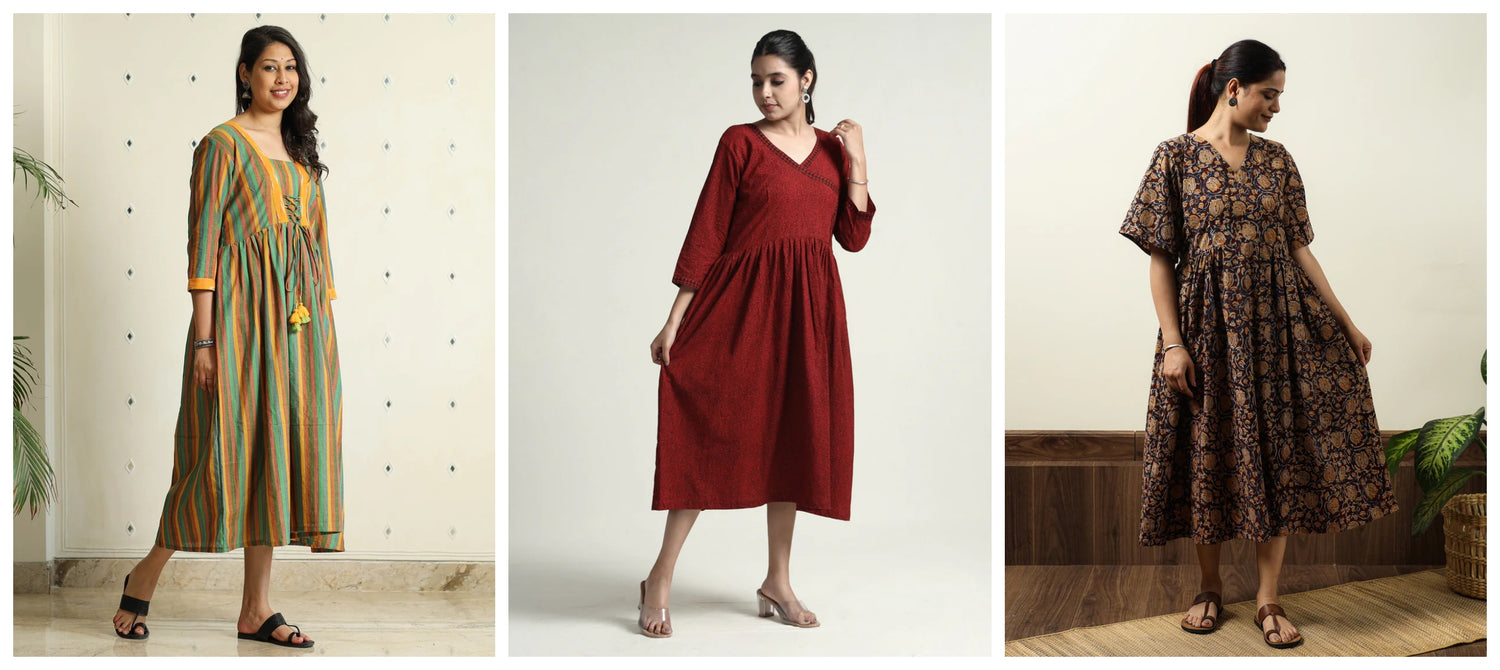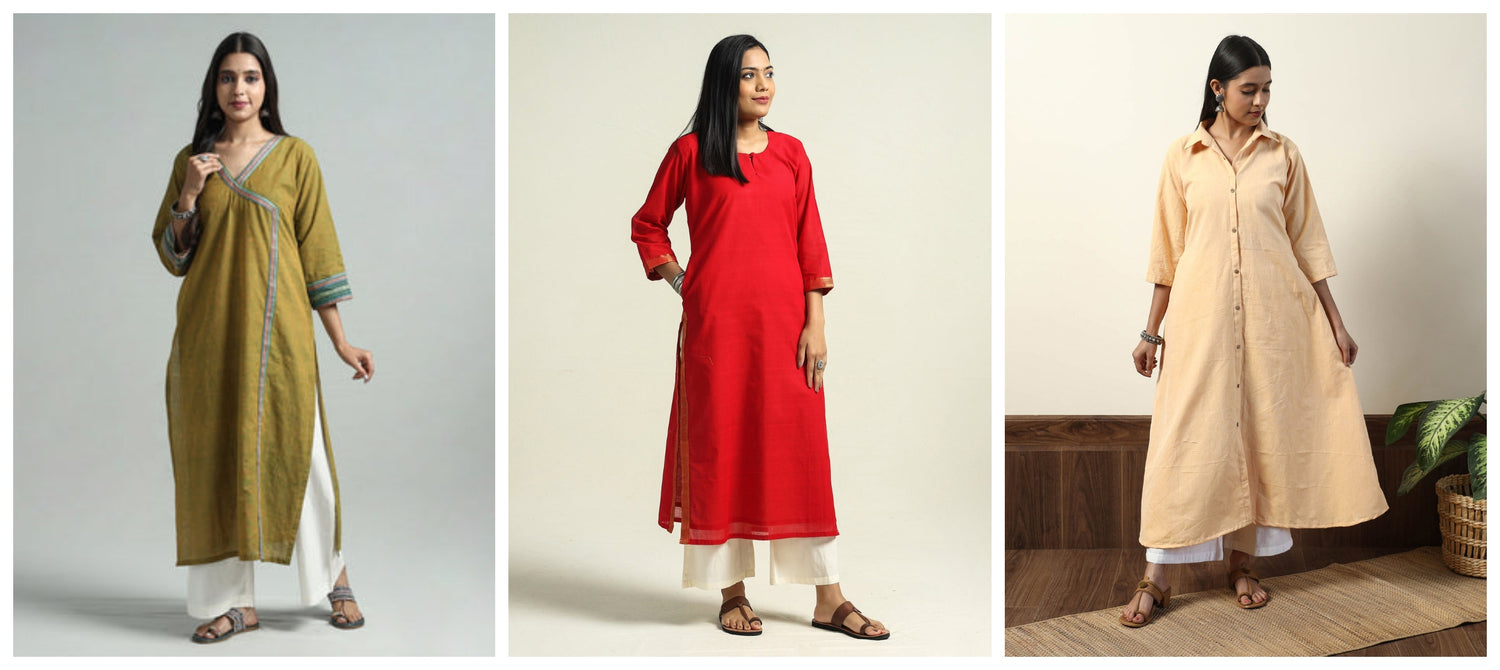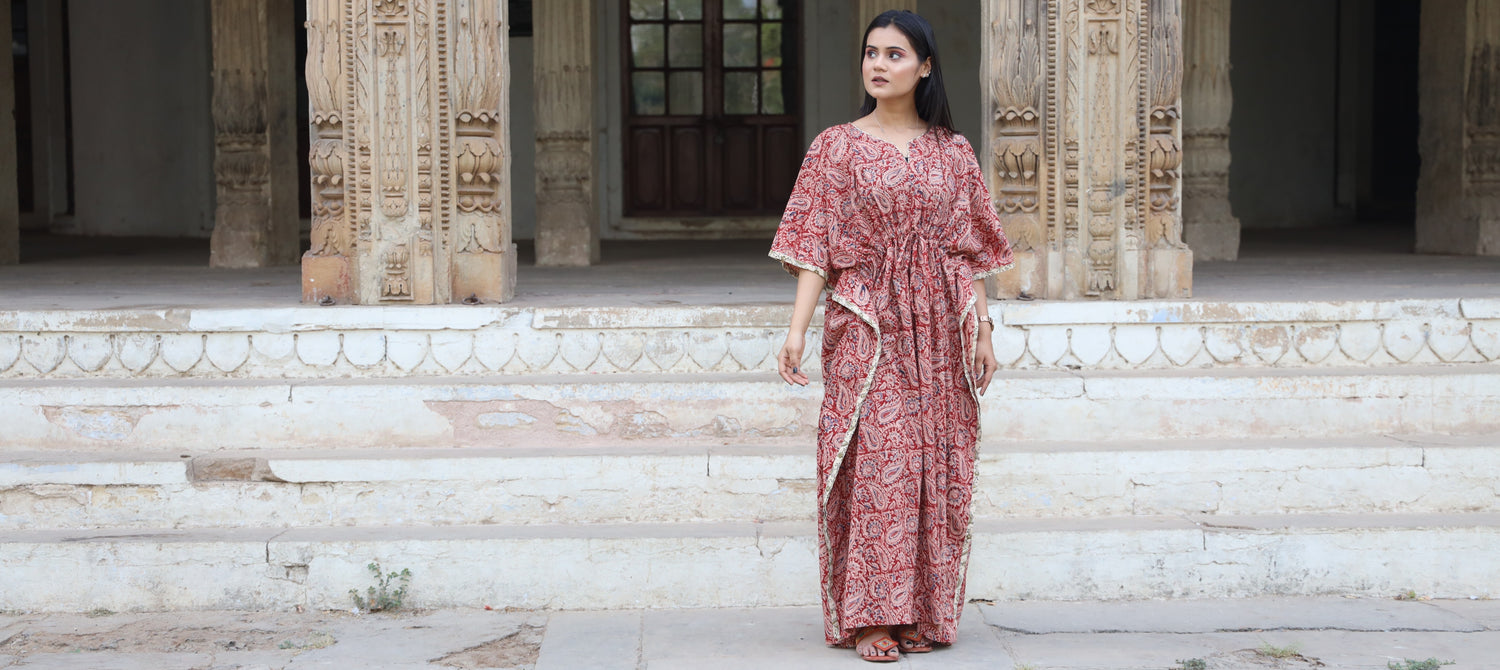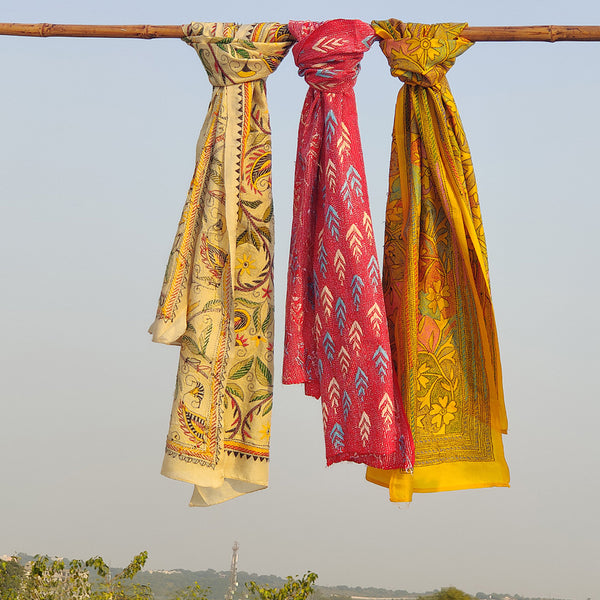Handicrafts have for ages been a significant part of Indian culture and heritage. The art of crafting various indigenous goods, be it fabric, decor items, toys, or ceramic pots has been passed down from generation to generation. Even old traditional Indian toys like the rest of these traditional, handmade items are integral to Indian culture.
This act of preserving the essence of our culture through traditional toys of India ensures its use by future generations and it is crucial to the nation in its entirety. The passing down of such interesting but meticulous arts and crafts shows the inherent and relentless want of many artisans to sustain their rich culture and tradition.

Prime Minister Modi’s Call For Vocal For Local- What Does It Mean For Old Traditional Indian Toys?
Lately, India has witnessed a resurgence in the production of traditional and indigenous items. At a time when most Indians were under the spell of Westernisation and machine-made goods Prime Minister Modi insisted on recognising and appreciating the efficacy, richness, and charm of the locally produced arts, crafts, and utility products. It is PM Modi’s initiative and emphasis on vocal for local , which has fueled an entire movement in India.
While there were many individual and small/medium firms working on preserving the rich and diverse cultural heritage of India, the Prime Minister’s insistence and dedication towards the matter has given it new vigour and invited the active participation of the masses.
Through this initiative, PM Modi has encouraged Indians to get back to Made-in-India goods and bring them back to the forefront of the Indian market. From fabrics to furniture, to decor and old traditional Indian toys all are being appreciated and brought back in use.
This amelioration is leading to the much-needed revival of the traditional arts and crafts industry of India. Vocal for Local is an initiative that has helped Indian artisans, workers, and craftsmen to compete ferociously with globalisation and the machine-made goods market.
People have realised that timeless and high-quality goods stand above the fast-fashion-oriented clothing and other products being promoted across the globe.
It is also important to understand that by being “vocal for local” and supporting local artisans and craftsmen, we will create job opportunities for many, help sustain our rich and incomparable culture as well as substantially help boost the Indian economy.
Different Types Of Traditional Toys From India
India, being a land of varied cultural influences offers a range of traditional artefacts famous in various states. Traditional toys from India are among many products that have been popular in various states for the culture, memories, and craft they symbolise. In this blog, we intend to enhance your knowledge about the different traditional toys originating from different regions in India:
Traditional Toys From India Include-
-
Channapatna Toys
The Channapatna toys are made from wood in the town of Channapatna in Karnataka. These toys are made using ivory wood which is also known locally as Hale Mara( devil tree in English) and are later painted with natural dyes, plus coated in a non-toxic lacquer made from vegetable dyes. These traditional toys from India come in various shapes and sizes. Popular types of toys include dolls, horses, birds, etc.

-
Kondapalli Toys
Having their roots in the Kondapalli village of Andhra Pradesh, these toys employ softwood as the base material, and vibrant paint colours to enhance the appeal of the toy. The toys depict scenes from rural life, such as bullock carts, farming, and household activities.

-
Kite
Kite flying is popularly associated with the festival of Uttarayan in India. In general, kite flying is a pastime dear to many young girls, especially boys in India. During the festival of Makar Sankranti, however, most people of all age groups indulge in kite-flying activities.

Kites are considered handmade traditional Indian toys in India but their origin is disputed. It is believed kites came to India around 1500. States like Bihar, Uttar Pradesh, and Gujarat are popular for kite-flying activities, and the craze for kite-flying in the state of Gujarat continues to be unparalleled.
-
Spinning Tops
The Lattu or Spinning tops have been a popular toy for centuries in India. Children in rural areas are more commonly found playing with spinning tops. These old traditional Indian toys are made from a piece of wood, a nail, and a string put together. The top connects in such a manner to the string, that it spins on the ground when you pull the attached string, and it produces a humming sound.

-
Kathputli
The Kathputlis or puppets are usually stuffed dolls made in India, and used in the most popular type of puppet shows still prevalent in India, originating in the state of Rajasthan. Kathputlis are handmade traditional Indian toys, widely popular among citizens.

Made from cloth or wood, and available in different shapes and sizes these puppets are used to enact scenes from Indian mythology or other stories. Often people also use them as vibrant and quirky home decor items apart from their regular utility as a toy.
-
Thanjavur Golu Dolls
Golu dolls from the region of Tanjore or Thanjuvar in India are quite popular in South India. The Thanjuvar dolls have a continually revolving, bobble-head which makes them playful and fun. Thanjuvar dolls are famous traditional dolls of India, from the state of Tamil Nadu.

Inspired by the culture and heritage of the state and the Chola empire which ruled the region for a substantial period, the dolls come in two types- “Raja Rani Bommai” and “Urutu Bommai.” These dolls are also worshipped during the festival of Dusshera in South India.
-
Asharikandi Terracotta Toys
A village named Asharikandi located near Dhubri in Assam, is famous for its traditional dolls. Having derived its name from the state of the place these dolls originated in, they are popular as Asharikandi.

The low-lying area of Asharikandi in Assam is often flooded during monsoon season, called ‘Ashar’ in many parts of India, and the local men, cry tears, known as ‘Kandi, in the language of the region, thereby giving the name Asharikandi to the place and subsequently to the cultural- terracotta(clay) dolls made there.
-
Banaras Wooden Toys
Banaras wooden toys are old traditional Indian toys from the city of Varanasi, Uttar Pradesh, India. These wooden toys are made with the special Coraiya (Keria) wood procured from the neighbouring state of Bihar.

These handmade traditional Indian toys are known for their intricate designs and vibrant colours. Many skilled craftsmen continue to make these wooden toys and teach the art to future generations. These culturally significant wooden toys are also used during festivals and religious ceremonies. The toys depict human figures, and various animals, and are a popular choice for souvenirs.
-
Natungram Toys
A traditional form of handicraft, made in the village of Natungram, West Bengal, the Natungram d olls are old traditional Indian toys, still popular in the Bardhman district of West Bengal, and the rest of the nation. These dolls are especially relevant because of their connection with the goddess Laxmi. The Natungram dolls are handcrafted using clay, straw, and jute fibre.
Natungram dolls are handmade traditional Indian toys that depict various aspects of rural Bengali life, from musicians and dancers to farmers and fishermen. The Natungram dolls are made with painstaking accuracy by the craftsmen often taking many hours or even days. These old traditional Indian toys are a means of livelihood for many artisans, and thus their promotion through the “vocal for local” initiative shall help provide financial stability to many families.

Our Opinions On The Handmade Traditional Indian Toys And Vocal For Local Movement
It would be correct to say that, the “vocal for local” initiative is an important step towards safeguarding and further advancing our cultural heritage by means of the diverse arts and crafts of the nation. By embracing our traditional toys and handicrafts we shall significantly contribute towards the growth of local business communities and the national economic growth.
Traditional toys from India also come in a variety of shapes, and sizes like kites, puppets, gulel /catapults, spinning tops, etc. Thus, they become engaging for little kids to adults alike, making them a great purchase according to us.
Such handmade traditional Indian toys, are not only a source of entertainment but are also a means of the creative expression of artisan families. The promotion of such artistic skills will help maintain the livelihood of numerous craftsmen who rely on their craft for sustenance.
Frequently Asked Questions
- What is the most famous toy in India?
The Thanjuvar dolls with unique bobbing heads are among the top traditional toys from India. These dolls locally known as Thanjavur Thallayati Bommai in Tamil Nadu have roly-poly or bobbleheads attached to the torso of the doll as heads.
Channapatna dolls that find their origin in the southern state of Karnataka are very famous toys owing to their interesting design and craftsmanship. Other famous traditional toys from India comprise the Ghurni clay dolls, Rajasthani puppet dolls/toys, and Kondapalli toys that have been famous for centuries.
-
What are traditional toys?
Traditional toys are toys that have been part of a culture's heritage for generations and are often made by local artisans using traditional materials and techniques. These toys can vary greatly from region to region and often depict scenes from Indian mythology or rural life. They play a significant role in the childhood memories of many Indians and are an essential part of India's rich cultural heritage.
-
Which place is famous for toys in India?
India has several places famous for toys, including Channapatna in Karnataka, Kondapalli in Andhra Pradesh, and Varanasi in Uttar Pradesh. Channapatna is known for its unique wooden toys, while Kondapalli is famous for its softwood toys painted with bright colours. Varanasi is renowned for its intricate paper mache toys and clay toys.
-
What are the traditional toys of Rajasthan?
Rajasthan is an Indian state famous for its numerous traditional toys. A few famous old traditional Indian toys from Rajasthan include wooden toys especially popular in Udaipur city. These miniatures of men and women are made by using “Doodhia” which can be easily shaped and chiselled. The toys are lacquered and painted to form the finished products, which is a true specimen of art and creativity.
The Kathputlis or puppets, are traditional dolls of India that come both in a wooden as well as woolen form with stuffed wool inside the toys. Kathputli from Rajasthan is renowned worldwide for its intricate designs. They are carved and painted with great skill and are used in puppet shows to depict scenes from Indian mythology or folk tales.
-
Which is the famous doll of India?
The Channapatna doll is possibly one of the most well-known traditional dolls of India. Often made from wood as the raw material, these dolls are painted in bright colours. Traditionally these dolls are dressed in ethnic Indian attire and usually serve the purpose of home decor items.
These traditional dolls of India, find their roots in the town of Channapatna in Karnataka. Channapatna down the southern part of India is famous for skilled artisans who have been creating and adorning these dolls for generations, and thus the name ‘Channapatna dolls’.
Blogs You might also like
An Interesting Journey of Wooden Toys











Leave a comment (all fields required)